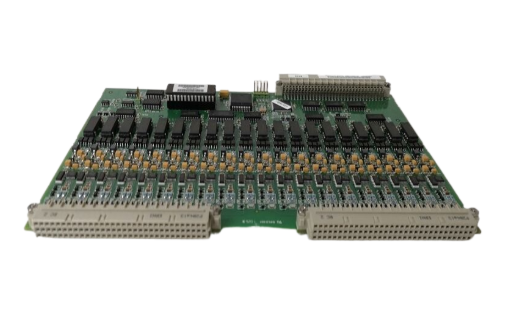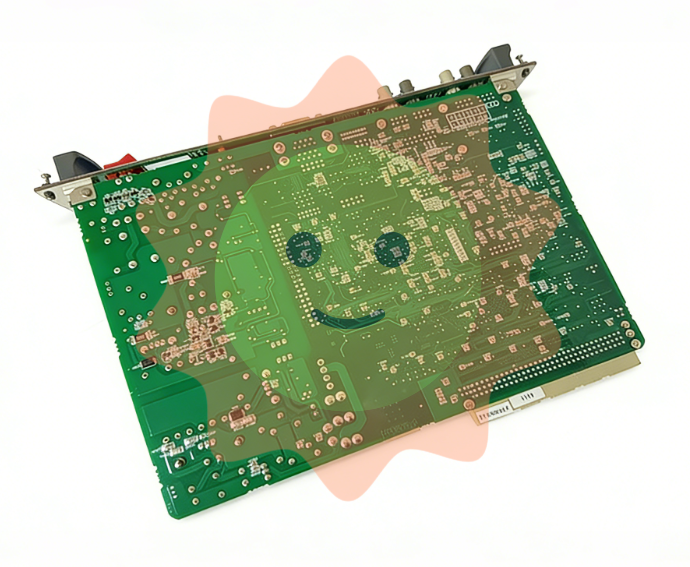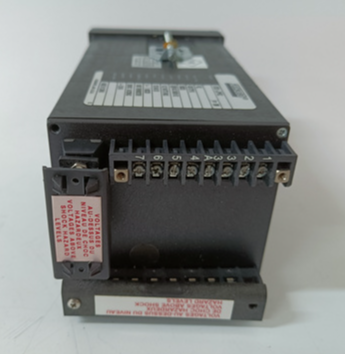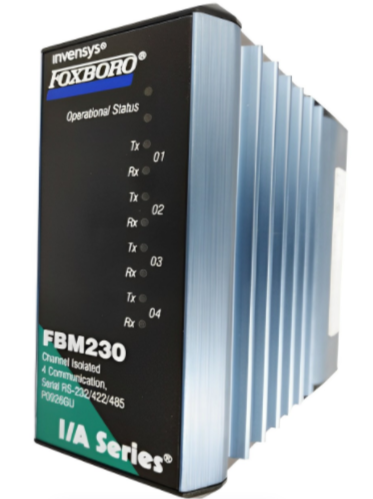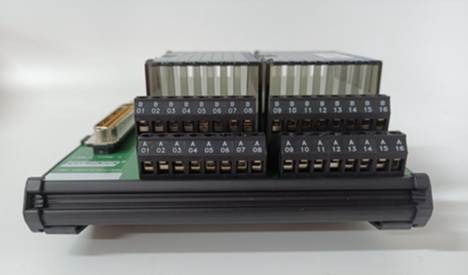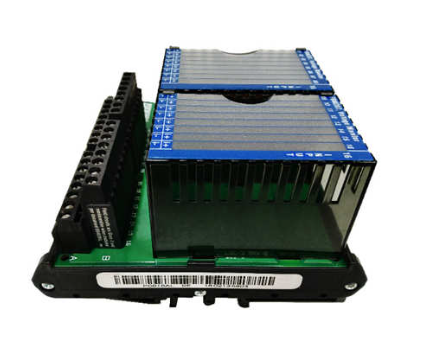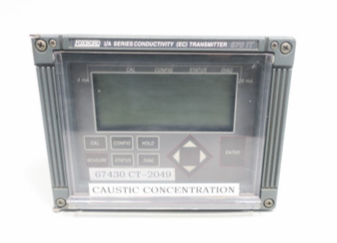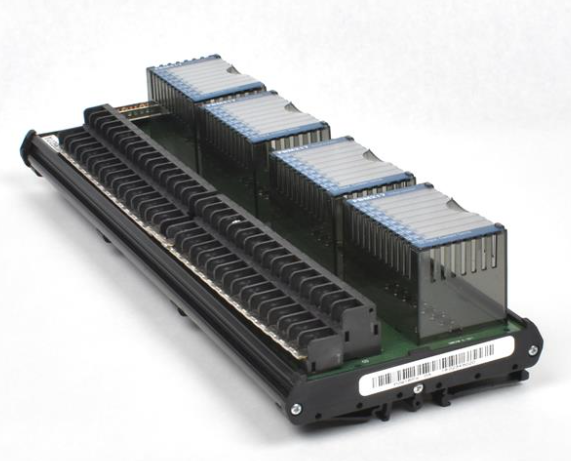These print stories, you may really not know
Since the block printing appeared in the Tang Dynasty, the invention of movable type printing has gone through a whole long process. China is the home of printing. In the long process of human civilization, this major invention has allowed the Chinese culture with a long history and extensive and profound to be widely inherited, and has also completely opened up the exchanges between the Middle East and Western cultures in the world territory.
The emergence of printing, in the end, what important role for China and even the world?
Why is it that people say it is so important that it has been passed down, evolved and developed for thousands of years, and we still talk about this great invention?
Portrait of Bi Sheng, painted by Yuan Wu
It is said that before the invention of printing, 90% of Europeans were illiterate, especially those of the aristocracy. Because books in the Middle Ages were expensive, it took nearly 1,000 sheep skins to make a Bible. Except for the big Bible, the information that needs to be recorded and copied in the book is extremely rigorous, and the content is mostly religious teachings or ideas.
Manual copying is time-consuming and laborious, and it is easy to give up all the previous achievements because of copying mistakes and omisses, which not only causes a waste of resources, but also hinders the development of culture to a certain extent.
At this time, the Chinese people are also distressed by the cumbersome hand-copying.
They were inspired by seals and stone inscriptions, and this experience led them to focus on improving technology - using paper to inker stone tablets - which directly pointed the way to the emergence of block printing.
After the two stages of development of block printing and movable type printing, China's civilization has achieved unprecedented development. Printing with its convenient and flexible, time-saving and labor-saving powerful characteristics, thus opened the door to a new world of human invention technology. In this way, the technology became famous around the world.
With the advent of printing, the map of the world changed from dispersed to concentrated, and cultures changed from estrangement to integration. Whether it was European countries or African countries at that time, or North America, South America and even Asia, printing allowed the religious beliefs and national cultures of various countries to develop and spread within a certain range, and also because of cultural exchanges such as the sea and land Silk Road, it broke through the obstacles of communication between the East and the West, allowing China to see the world and the world to see China.

At this point, printing began to move farther and farther from east to west. Take a few continents on the world map that benefited greatly from the development of printing.
For Europe in the 15th century, the introduction and emergence of printing technology was like a huge torch, illuminating the whole Europe out of the dark Middle Ages. The ever-changing printing technology has become a tool for preaching, a booster of the Renaissance, a means of scientific Renaissance, and the most powerful lever for the rise of Europe.
For Africa, the introduction, passage and rise of printing revealed that the acceptance and development of new things on the barren African land showed a slow and difficult process, which also reflected the speed and characteristics of the development of African civilization in ancient and modern times. This will play an important role in our future study of African civilization.
For North America, where economic development is uneven, printed historical stories record different situations of economic development in the same country. It documents the polarization in North America due to differences in printing technology and the development of publishing culture. This phenomenon also greatly promoted our political, economic and other different levels of thinking and research.
Compared with the uneven development of North America, South America was the first pioneer of Indians, and printing was able to develop slowly and prosperously on the South American continent. Even though there are only 12 independent countries and regions such as French Guiana, seven of the seven countries have printed short historical stories that convey the customs and social processes of South America.
For the Asian region, the cradle of printing gave birth to a rich diversity of cultures and religions. As the hometown of printing, the birth of printing benefited from the prosperity of ancient Chinese culture, and was closely related to the birth and spread of Buddhism in Asia.
There is no doubt that the dissemination process of printing is the beginning of the "world" to open an unprecedented exchange, reference and integration. Whether it is the Oriental legend of printing or the global spread of printing, whether it is the story of Chinese printing or the story of world printing, the cultural phenomenon presented in it is also giving the contemporary the most profound inspiration, that is:
Cultural inheritance and communication technology is the premise and lever to lead the development and progress of civilization.
This means that the progress of civilization not only depends on human intelligence, but also needs auxiliary tools and technology to promote the development of society as a whole. Printing not only opens up the exchange, mutual learning and innovation of civilizations, but also becomes an important tool to promote the exchange and mutual learning of civilizations, and makes great contributions to the progress of human civilization and cultural diversity.
Today, when we look back at the invention and development of printing, we will always remember its indelible contribution to China's culture, economy, politics and so on. After the printing spread to Europe, it changed the original situation that only monks could read and receive higher education, which also provided important material conditions for the emergence of the Renaissance movement in Europe.
In March 2022, Elephant Publishing published "100 Print Stories that Influenced the World", which opens a grand and vast map of the printed history of the world with 100 print stories.
The author Li Ying is the vice president and Secretary general of China Printing History Research Association, a member of China Science Writers Association, and has been engaged in research on printing history. He guides us to pay attention to traditional Chinese culture in his own way. Based on more than 100 pictures of printing culture around the world, the book further interprets the people, things and things behind printing culture.
The first chapter of 100 Print Stories That Influenced the World begins with a basic definition of what printing is, its classification, and its spread. These most basic knowledge will greatly mobilize your interest in the subsequent printing stories between different countries and regions, in addition to supplementing knowledge, but also to help us sort out the basic framework of printing in the past and present life.
Next, the book is divided into five sections, chapters 2 to 6 tell the printing history of Europe, Africa, North America, South America, and Asia.

In books, you can learn many strange and interesting stories, such as:
◆ The Austrian national emblem incarnates the god of printing protection
In 1982, the Austrian State Post Office printed and issued a 500th anniversary stamp of the Austrian printing industry, marking the year 1482 as the beginning of the modern printing industry in Austria. But this small print commemorative stamp is a big deal. Suddenly, this is a carefully printed stamp of the Austrian national emblem, not only using four-color printing, but also using a separate spot color silver ink and gold ink, so that this stamp looks shiny. A stamp is a printed matter, no doubt, but this one seems to have nothing to do with celebrating the 500th anniversary of Austrian printing. However, if you look closely with a magnifying glass, you can see the brilliance and ingenuity of this small stamp, and see its high profile. Originally, this eagle and the eagle on the national emblem is not the same, it is indeed "eagle", and better than "eagle". Because it's not one eagle, it's two. Below the main eagle, there is a golden shield, and there is an eagle on the shield, which is the Byzantine double-headed eagle introduced earlier, representing the historical period of the printing industry in the country. The designer also hid a professional idea into the eagle's body, and the printing elements were integrated into the picture, that is, three printing rollers. Can you see where they are? Look for it!
In 1982, Austria issued the 500th anniversary of the printing industry stamp "Eagle".
Libya's money printing crisis
Since 2011, Libya has been pitted against the Government of National Accord and the "National Army," while the two factions have also divided the country's economy. Since then Libya has had two central banks. The dinars issued by banks controlled by the Libyan "National Army" are printed by the Russian State Banknote Printing and Minting Corporation, while those issued by banks controlled by the Libyan Government of National Unity are printed by British companies.
Russian printing of the 2021 edition of the Libyan 20 dinar
Libya first entered the crisis of outsourcing money printing in 2011. On 4 March 2011, a cargo ship carrying Libyan dinars was detained by the British government. This caused a serious shortage of cash in Libya, government departments can not pay salaries, there are various humanitarian crises. On 30 August 2011, the United Nations Security Council decided to allow the British government to unfreeze the funds. On August 31, British Air Force planes arrived in Libya carrying about 280 million Libyan dinar banknotes, which were printed by the famous British (Thomas) De La Rue banknote printing company, weighing 40 tons.
In addition, in 2019 and 2020, Maltese authorities twice confiscated Russian-printed Libyan dinars, causing widespread concern in the international community.
Air conditioning was originally invented for printing houses
Many people who are afraid of heat want to "thank the air conditioner for its life-saving grace" when it comes to summer. But in fact, they should thank Willis Haviland Carrier (1876-1950), the inventor of the air conditioner. Moreover, they should be grateful to the printing press for inspiring such cool inventions in addition to spreading knowledge.
As we all know, air conditioning was invented in 1902. But people at that time did not think there would be air conditioning such a "artifact" to improve the comfort of life. That summer, because of the unusually hot and humid weather, a printing factory in Brooklyn, New York, was troubled. Due to the influence of hot and humid air, the ink can not be dried for a long time, and the paper is also flexible because of the temperature, and the printed products are blurred. For modern printing plants, the influence of temperature and humidity on the quality of printing products is very large. So the printer asked the Buffalo Forging Company, which specializes in heating machines, bellows and exhaust fans, to design a system that could control temperature and humidity.
Carrier, of the research and development department of the Buffalo Forge Company, accepted the task and set out on the road to inventing the air conditioner. According to the thermometer, he accurately calculated the temperature and humidity needed for printing, and invented the "air handler". He let the hot air condense into water, and then concentrated discharge, so that the humidity in the air was stable at 55%, successfully solved the problem of the printing house.

Willis Havilland Carrier
In 1915, Carrier and six other engineers formed the Carrier Engineering Company in New Jersey, which was the predecessor of Carrier air conditioning.
In the eyes of Iranians, "printing paper into gold"
When Marco Polo visited Kublai Khan's China, he saw nothing worth reporting in the large number of engravings of sutras. But he describes with astonishment how Kublai Khan printed paper as currency instead of precious metals. In The Travels of Marco Polo, he called it "the alchemy of turning paper into gold." In addition to Marco Polo, several others, including Roberlu, Oldoric, and Pegorotti, wrote admiringly of how the Yuan emperor used bark as a substitute for precious metals.
Inside the wooden box are banknotes printed and issued by the Yuan Dynasty. In this painting, Kublai Khan sits on a throne and his entourage pays for goods with paper money made from mulberry bark. But in the West at that time, people did not know what paper money was, and they thought that the idea of equating paper with silver was extremely absurd. They even asked Marco Polo to withdraw this nonsense.
Image taken from the Book of Marco Polo's Miracles, manuscript from the collection of the National Library of France
There are 100 interesting stories like these in the book! After reading these 100 printing stories, you can not only understand the history of printing, but also learn more about the economy, culture and historical fun around the world, and suddenly have a lot to talk about when chatting with friends
As Marx mentioned, printing is not only a "tool", "means", but also a "lever", he leveraged not only the development of Europe, but also the great development of the world. The 100 printing stories that affect the world are only a microcosm of the development of printing, and fundamentally, the telling of 100 stories is undoubtedly to describe a whole printing history that affects the process of world civilization, and strive to get speculation and exploration from it.
100 printing stories, four continents of the grand historical map, it tells the past and present life of printing, but also guide us to explore the future development of printing. About those people and things, technology and art, will record the outstanding achievements of "printing" as the forerunner of modern human civilization.
These 100 printing stories not only fully tell the great inventions of China, but also tell the technological innovations of other countries in the world. It not only shows the external dissemination of printing, but also invisibly propagates the idea of a community of human destiny.
- EMERSON
- Honeywell
- CTI
- Rolls-Royce
- General Electric
- Woodward
- Yaskawa
- xYCOM
- Motorola
- Siemens
- Rockwell
- ABB
- B&R
- HIMA
- Construction site
- electricity
- Automobile market
- PLC
- DCS
- Motor drivers
- VSD
- Implications
- cement
- CO2
- CEM
- methane
- Artificial intelligence
- Titanic
- Solar energy
- Hydrogen fuel cell
- Hydrogen and fuel cells
- Hydrogen and oxygen fuel cells
- tyre
- Chemical fiber
- dynamo
- corpuscle
- Pulp and paper
- printing
- fossil
- FANUC
- Food and beverage
- Life science
- Sewage treatment
- Personal care
- electricity
- boats
- infrastructure
- Automobile industry
- metallurgy
- Nuclear power generation
- Geothermal power generation
- Water and wastewater
- Infrastructure construction
- Mine hazard
- steel
- papermaking
- Natural gas industry
- Infrastructure construction
- Power and energy
- Rubber and plastic
- Renewable energy
- pharmacy
- mining
- Plastic industry
- Schneider
- Kongsberg
- NI
- Wind energy
- International petroleum
- International new energy network
- gas
- WATLOW
- ProSoft
- SEW
- wind
- ADVANCED
- Reliance
- YOKOGAWA
- TRICONEX
- FOXBORO
- METSO
- MAN
- Advantest
- ADVANCED
- ALSTOM
- Control Wave
- AB
- AMAT
- STUDER
- KONGSBERG
- MOTOROLA
- DANAHER MOTION
- Bently
- Galil
- EATON
- MOLEX
- Triconex
- DEIF
- B&W
- ZYGO
- Aerotech
- DANFOSS
- KOLLMORGEN
- Beijer
- Endress+Hauser
- MOOG
- KB
- Moxa
- Rexroth
- YAMAHA
- Johnson
- Westinghouse
- WAGO
- TOSHIBA
- TEKTRONIX


Email:wang@kongjiangauto.com




